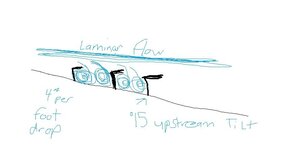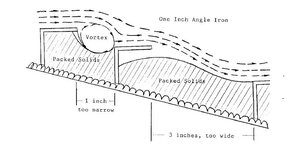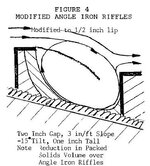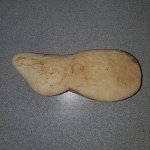Russ ECV58
Tenderfoot
hey all,
I was thinking of getting the dredge riffle setup for my A52. my thought behind this was, with the taller riffles, I'd be able to run a faster water flow which would allow me to run larger/more material through it, maybe even catch a little more gold. I'll still be using it as a hand sluice, not as a high banker or power sluice. so my question is, have any of you ever tried anything like this, and if so how did it work? would I be smart to just leave well enough alone, and keep it as is?
I was thinking of getting the dredge riffle setup for my A52. my thought behind this was, with the taller riffles, I'd be able to run a faster water flow which would allow me to run larger/more material through it, maybe even catch a little more gold. I'll still be using it as a hand sluice, not as a high banker or power sluice. so my question is, have any of you ever tried anything like this, and if so how did it work? would I be smart to just leave well enough alone, and keep it as is?








